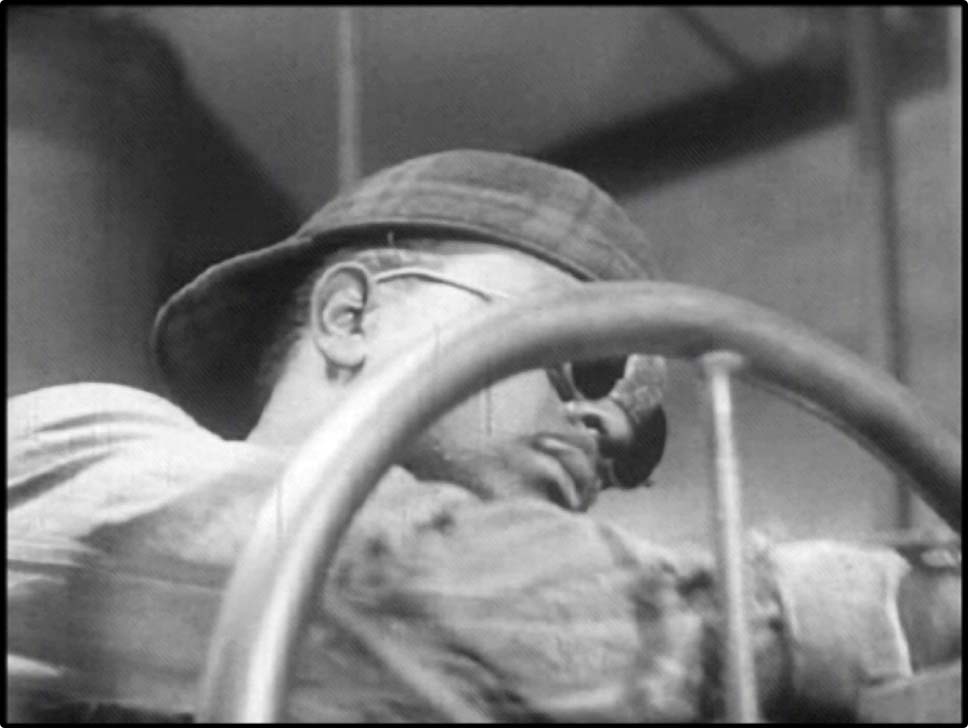This is one of two do-it-yourself exercises that have been created for students using the textbook, Television: Critical Methods and Applications (NY: Routledge, 2012), by Jeremy Butler. In addition, instructors may download supplemental exercise files (both video and audio) from Routledge’s companion Website, or access the original video over here.
An antiquated Dodge commercial provides an interesting opportunity for a do-it-yourself experiment. In this exercise the impact of sound on an image is illustrated.

The original commercial is a 120-second spot for Dodge automobiles from 1957. On the image track are shots of happy production-line workers assembling cars. The accompanying audio includes heroic music and doggerel about the virtues of auto manufacturing: “Gonna take me a press. Gonna take me some steel. Gonna take my two hands and build an automobile!” How are the meaning and impact of these images changed if the music is manipulated?
Try pulling this video into a video-editing application, stripping the original music, and then applying something new.
Or, in class, one can simply start audio going on a computer (YouTube is great for this) and then display the video file of the commercial. Instant sound–image interaction! As with our DIY editing exercise, we’ve created six variations to prime the creative pump:
- A plaintive piano piece–Erik Satie, Gymnopedie No. 1.
- A pro-union song–Bare Knuckles, “Solidarity Forever.”
- A lively Celtic tune–Henri’s Notions, “Mrs. Kelly’s Chickens/Louis Waltz.”
- An aggressive classical piece–Huxford Symphony Orchestra, Tchaikovsky Symphony No. 4.
- A singer-songwriter tune about walking–Jake Berry, “Walking.”
- A bombastic piece of “movie music”–“Invaders from Mars” (Fresh Music Library).
This page has been largely superseded by the Routledge companion Website:
http://www.routledge.com/cw/butler-9780415883283/s1/audio/
but this bullet list does provide links to actual sound-image experiments.